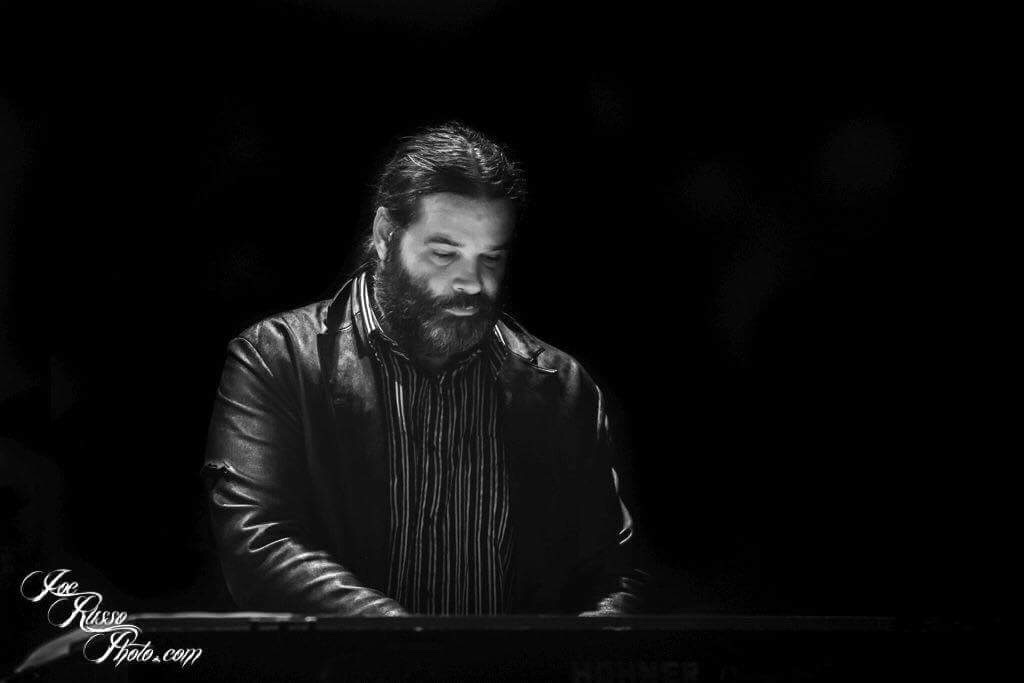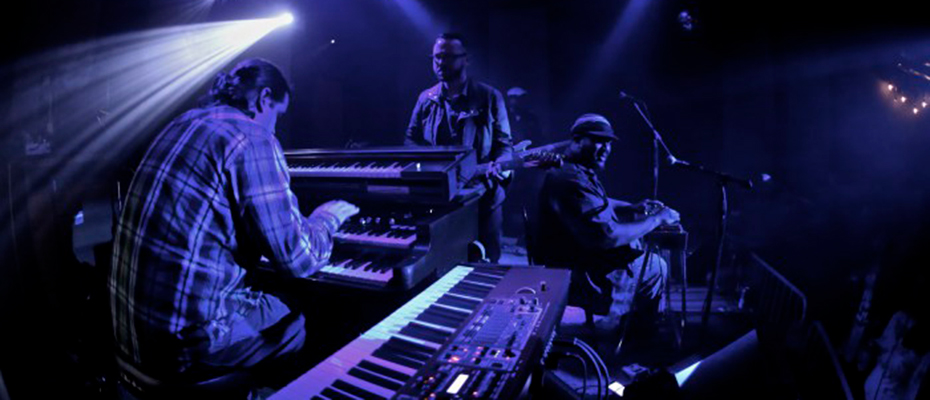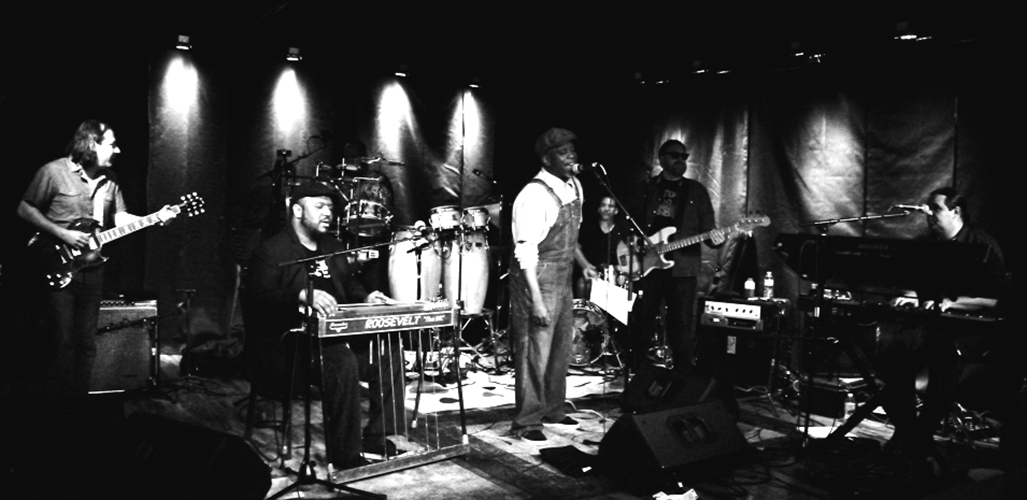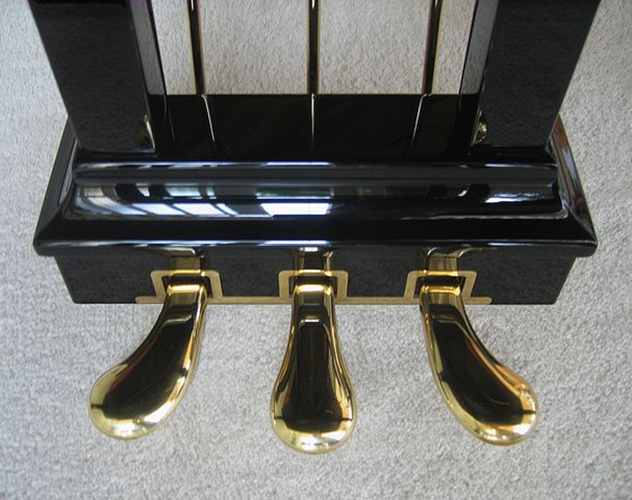EPISODE 17
THE PIANO
(feat. Matthew Dutot Slocum)
HOST- Jeremy Burns, Matthew Scott Phillips
GENRE- Special Topics
DURATION-68:49
BUMPER MUSIC "Dhaka Strut" (King Baby), "Odd Times" (Tonal Vision)
ANNOUNCER- Mike Cunliffe
DESCRIPTION
The piano is a complex and beautiful instrument. It's fairly easy to learn, but quite challenging to master. In this episode, we will speak to a man that knows it up and down; Matthew Dutot Slocum. We will discuss where he is, how he got there, and where he's going. Then, it's on to practice routines and philosophies of musicianship. Finally, we will dig deep into the instrument, it's mechanisms, and it's genesis. Every musician should take a moment to get to know the piano. This is your moment!
MATTHEW DUTOT SLOCUM
PIANIST | ORGANIST | TUNER I TEACHER

COLLABORATIONS AND AFFILIATIONS
Jimmy Herring | Scott Kinsey | Susan Tedeschi | The Lee Boys | Oteil and the Peacemakers
Chris Fryar | B.B. King | John McLaughlin and the 4th Dimension | Gary Husband | Natalie Cole
Lenny White Wayne Krantz | Matt Garrison | James Hunter Jack Casad | Jorma Kaukonen | Ron Holloway
The Allman Brothers | George Drakoulias | DJ Logic | George Porter Jr. | The Wailers | Derek Trucks
Page McConnell | Butch Trucks Chuck Leavel | Jeff Sipe | Kofi Burbridge
Victor Wooten | John Popper | Jack Pearson Hawk Tubley | Hot Tuna | Victor Atkins | David Stoltz
Mark Kimbrell | Col. Bruce Hampton and the Code Talkers | Col. Bruce Hampton and The Aquarium Rescue Unit
CURRENT PROJECTS
KING BABY

DRUMS-MARK RAUDABAUGH, BASS-KEVIN SCOTT
KEYBOARDS-MATT SLOCUM, GUITAR/VOCALS-RICK LOLLER
PHOTO CREDIT-JEFF MEYERS 2016
THE MAGPIE SALUTE

DRUMS-JOE MAGISTRO, BASS-SVEN PIPIEN, KEYBOARDS-MATT SLOCUM,
GUITAR-RICH ROBINSON, GUITAR-MARC FORD, GUITAR-NICO BERECIARTUA
LEAD VOCALS-JOHN HOGG
BACKGROUND VOCALS-CHARITY WHITE, ADRIEN REJU, KATRINE OTTOSEN
PHOTO CREDIT-ARNAUD LERONDEAU 2017
THE NEW STEW

DRUMS-JARED STONE, PERCUSSION-YONRICO SCOTT, BASS-KEVIN SCOTT
KEYBOARDS-MATT SLOCUM, GUITAR-DAVE YOKE, PEDAL STEEL-ROOSEVELT COLLIER
LEAD VOCALS-COREY GLOVER
PHOTO CREDIT-SCOTT PRESTON 2016THE PIANO

GENESIS-CIRCA 1698-1700 (FLORENCE, ITALY)
RANGE- A (27.5 HZ) - C (4.186 KHZ)
TYPE- CHROMATIC PERCUSSION
HISTORY
A harpsichord maker named Bartolomeo Cristofori, who worked for Prince Ferdinando de Medici, invented the piano in Florence, Italy (circa 1700). The knowledge of its mechanisms was eventually disseminated by Scipione Maffei, in 1711, when he wrote a detailed article that included diagrams. This article was translated into German and was widely distributed. A German organ maker named Gottfried Silbermann improved on this design by adding the damper pedal. He brought this piano to Bach in the early 1730's. This design was ill received because Bach didn't think the high notes were loud enough.
Silbermann was able to improve on this and win Bach's favor in 1747.
THE KEYBOARD
Originally, the keyboard only covered 5 octaves. Today's piano covers 7 octaves. There are 88 keys, 52 white (once ivory but now plastic) and 36 black (once ebony but now basswood or spruce), that span from low to high in pitch. Some of the early Viennese models had the colors reversed. When you strike a key, it causes a hammer to strike the strings. This can be done loudly or quietly.

THE PEDALS

LEFT (soft or una-corda)-Traditionally, on the grand piano, the una-corda pedal would slide the mechanism over to where the hammer would only strike one of the two strings, thereby producing a softer sound. On other models, the soft pedal moves the hammer rail forward. This decreases the momentum of the hammer strike, thereby producing a softer sound.
MIDDLE (sostenuto)-This pedal is used to sustain a group of notes, in any register, while other notes can be played with those notes but free of the sustain effect. Many pianos have a bass sustain pedal instead. This pedal will allow only the lower notes to sustain. On some Asian models, this middle pedal can be used as a "soft" or "practice" pedal. It lowers a layer of felt over the string to soften the sound and often has a locking mechanism.
RIGHT (sustain or damper)-This pedal lifts the damper off of the strings, allowing the notes and thier overtones to ring freely until they die out over time or until the pedal is released and the damper lowered.
MAINTENANCE
-Tune your piano at least twice a year. When this schedule is neglected it can cause kinks in the string (where they wrap around the pin) which can lead to "false beats" or a wavering in the tones produced, when the kink is within the speaking length of the string.
-The ideal environment for a piano is 72°F and at about 49% humidity. To maintain these numbers special equipment can be used to add heat or humidity when needed.
THINGS TO REMEMBER
-When learning a song or a piece of music by ear, try stepping away from your instrument and just listening.
-The piano was invented by an Italian harpsichord maker, named Bartolomeo Cristofori, circa 1700.
-There are roughly 50,000 lbs of pressure in the average grand piano. It takes a cast iron frame to hold that pressure. This is one of the main reasons a piano is so heavy.
-A piano wants to be 72° F and at 49% humidity.







